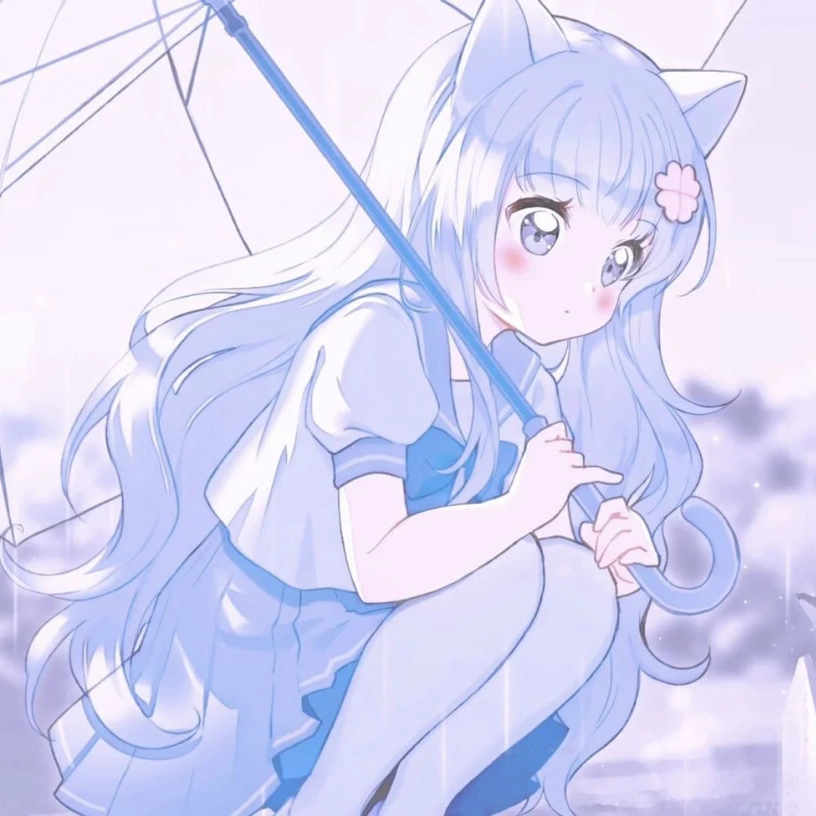What was the first Major in Counter-Strike history?

On August 14, 2013, a year after the release of CS:GO, a historic update called Arms Deal was released. It added the M4A1-S and USP-S, which are significant for the game but not the main focus when recalling the first СS Major.
On that day, skins were introduced to CS:GO — 10 collections and two cases: the CS:GO Weapon Case and the Esports 2013 Case. The name of the latter case indicates its connection to esports.

But how exactly?
Valve announced that a portion of the profits from the sales of keys to this case would go towards tournament prize pools. The specific tournaments weren't mentioned, but this was the first hint of something major in CS esports. At that time, top championships had prize pools of around $50,000, while Dota 2's The International had prizes that were many times larger.
A month after the release of Arms Deal, Valve revealed the fate of the money earned from the case. The company announced that DreamHack Winter 2013 would feature a record prize pool of $250,000, with part of the money coming from the community.
DreamHack in Jönköping, Sweden, would have happened even without Valve's involvement — it was a scheduled event as part of the annual gaming festival, which were quite common. However, with Valve's involvement, things changed. This tournament was made special, becoming a Major. Although the term "Major" wasn't used yet, even Valve referred to it in their announcements as the "biggest tournament in CS history."
To draw maximum attention to the Major, Valve introduced souvenir packages that were dropped for watching matches: you just had to link your Steam account to Twitch. However, if later Majors had souvenir packages from the map being watched, the first Major had packages from all 10 Arms Deal collections. It's the only container in the game without an opening animation: a five-second countdown appears on the screen, and then the dropped skin is simply shown.
Matches could be watched not only on Twitch but also directly in the game through GOTV. GOTV attracted new viewers who initially didn't care about esports. They would join the game, see a broadcast, click on it, and stay.
Nowadays, Counter-Strike Majors and other top tournaments have certain requirements: top-notch production, a proper format, quality conditions for players, and so on. But DH Winter 2013 differed from other tournaments only in its prize pool; otherwise, it was like any other event.
What was the format of the first Major?
Sixteen teams were divided into four groups: to advance, you needed two wins. Lose two matches, and you go home. All games at this stage were Bo1. It sounds wild, but it was the norm back then.

How were the teams for the first Major selected?
There was no HLTV ranking, nor a full-fledged selection system. It was decided that six slots would go to the winners of relatively large tournaments. Interestingly, four of these tournaments took place even before the Major was announced. So, teams qualified for the biggest championship in history without knowing it.
Another six slots were invitations. The strongest teams from their regions were invited. The fate of two slots was decided by online qualification. Yes, just like that — through an online qualifier for a tournament with a $250,000 prize. Up until the semifinals in these qualifiers, all matches were played in a Bo1 format.
The last two slots were determined by a Bring Your Own Computer format in Jönköping on the first day of the Counter-Strike Major, November 28. When two teams from two groups had already been eliminated, the BYOC qualifier was in full swing (and ended around five in the morning) — so the final list of participants was determined during the event. NiP and Complexity were battling in the first quarterfinal when groups C and D hadn’t even started. Such chaos and lack of format.
The map pool consisted of five maps: Inferno, Dust2, Mirage, Train, and Nuke. Inferno was extremely popular, being played 19 times, just two less than all other maps combined.
What was the atmosphere like?
There wasn't any special atmosphere. Again, DH Winter 2013 was part of the annual festival at the Elmia exhibition center, which is essentially a hangar. It was incredibly cold; many players wore hoodies under their jerseys, and some even wore gloves. It was that uncomfortable. The final of the first Major was a thriller where the gods of CS:GO — NiP — fell. By that time, they were no longer the undisputed best in the world; competitors had emerged, but f0rest’s team was still considered the main favorite. They faced Fnatic with JW and flusha in the final.
The decisive match for NiP started grandly — 12:3 in the first half of Dust2. But what happened next? Fnatic turned the game around. It was shocking, but on the second map, NiP calmed everyone down, giving up only six rounds to their opponent. It seemed another rout would happen on the final map. But on Train, NiP just didn’t show up: only two rounds and a helpless performance.
Fnatic — the champions of the first-ever CS:GO Major.
In the future, NiP would get their due: they would reach the final of four more Majors in a row, winning only once. Valve’s decision to introduce Majors was a game-changer for CS:GO. It kept the esports community and its audience engaged, preventing the game from meeting the fate of CS: Source, which didn’t gain as much traction. Although Source had esports, CS 1.6 remained the main version of the game.
DH Winter 2013 was the first time Valve intervened in CS esports. Although there was nothing grand at the event itself, it turned out to be special with all its flaws and shortcomings.
转载请注明出处
原文链接: /posts/what-was-the-first-major-in-counter-strike-history


